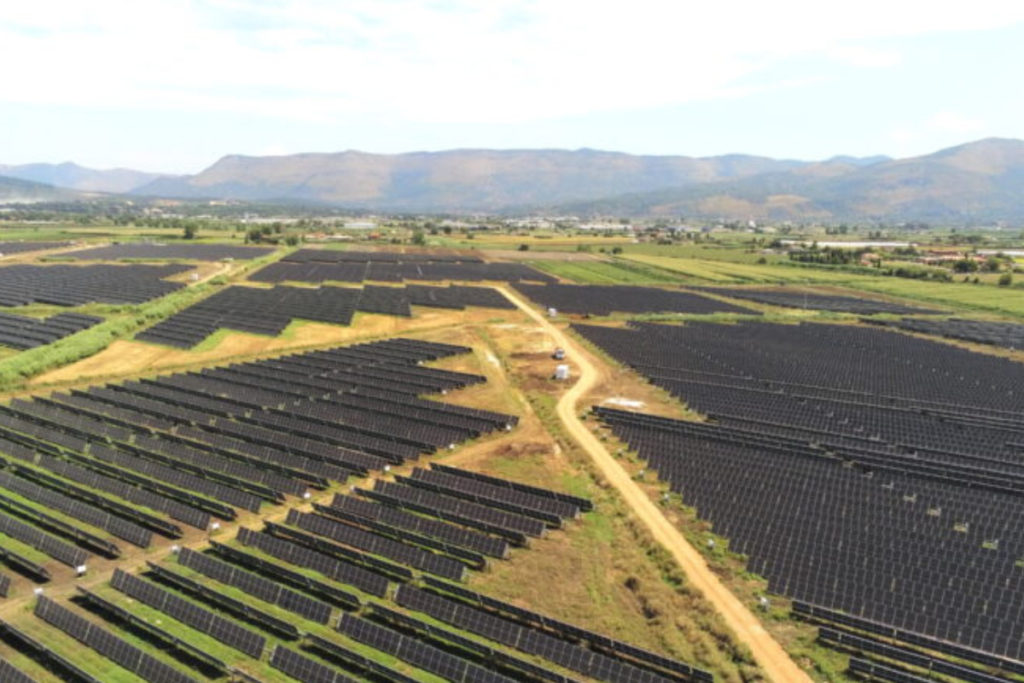
Solar has become the cheapest source of newly-built electricity generation in multiple markets across the globe, with the levelised cost of electricity (LCOE) for solar PV 29% lower than the cheapest fossil fuel alternative, according to consultancy firm EY’s new report.
The report – If every energy transition is different, which course will accelerate yours? – stated that the cost of solar power generation had dropped from US$417 per MWh in 2010 to US$49 per MWh in 2022, representing an 88% decrease.
Try Premium for just $1
- Full premium access for the first month at only $1
- Converts to an annual rate after 30 days unless cancelled
- Cancel anytime during the trial period
Premium Benefits
- Expert industry analysis and interviews
- Digital access to PV Tech Power journal
- Exclusive event discounts
Or get the full Premium subscription right away
Or continue reading this article for free
Comparatively, the cost of fossil fuel power generation ranged from US$50-US$150.
Last year, around 86%, or 187GW, of newly commissioned utility-scale renewable power generation produced electricity at a lower cost than the average cost of fossil fuel generation, according to the International Renewable Energy Agency’s report Renewable Power Generation Costs in 2022.
EY’s report also made some predictions about the energy transition. For example, renewables generation, mainly wind and solar, will account for 38% of the power mix by 2030 and 62% by 2050. Globally, renewables will become the dominant power generation by 2038. China, Europe and the US will drive a 53% increase in solar and wind generation, producing over 57% of global solar and wind output by 2050.
Solar will become the biggest source of energy in the US and countries in Oceania and Southeast Asia, driven by technologies around solar PV modules advancing at a rapid pace.
However, the wide adoption of solar needs a fundamental energy system transformation. “The grid will come under extreme pressure, demanding urgent solutions to both expand the network and embed flexibility capabilities that enable a balanced, reliable system,” the company said.
EY further explained that the impact on the grid will hit different markets at different times. In Europe, flexibility requirements will increase ten times by 2050, which will amount to 26% of the total regional electricity demand.
Lastly, supply chain issues and permitting delays are slowing down the construction and installation of new assets. In the US, renewables developers were told that they had to wait for several years before they could plug into the grid, while the country has at least 1,350GW of wind and solar capacity and 680GW of storage is waiting to be connected, according to US research and development centre the Lawrence Berkeley National Laboratory.
Last month, PV Tech reported that long and unpredictable interconnection queues and permitting issues were the major obstacles to US transmission upgrades.
“While change is accelerating, it could easily stall due to the sheer complexity of the challenge ahead. Every market will need to activate a range of accelerators to overcome the inertia of the status quo, keep up the momentum of change, and meet climate targets,” said Serge Colle, EY global energy and resources leader.






